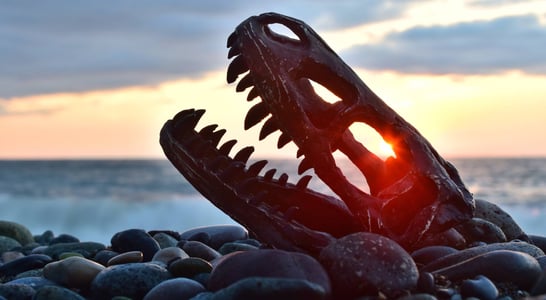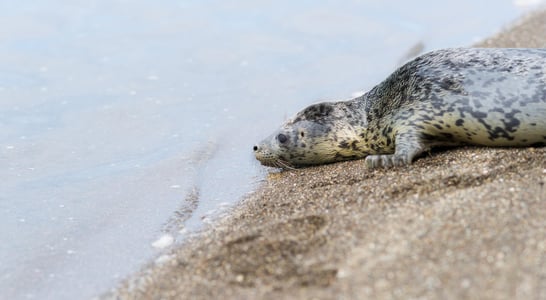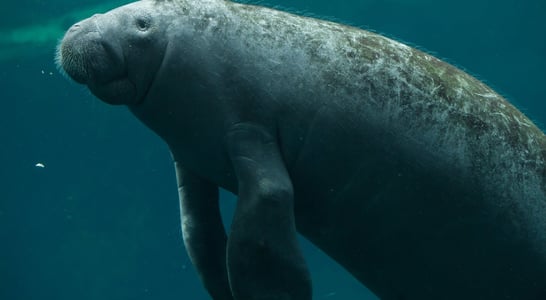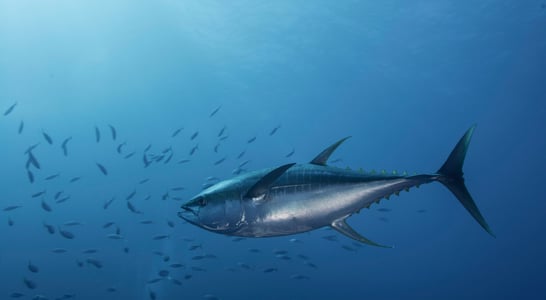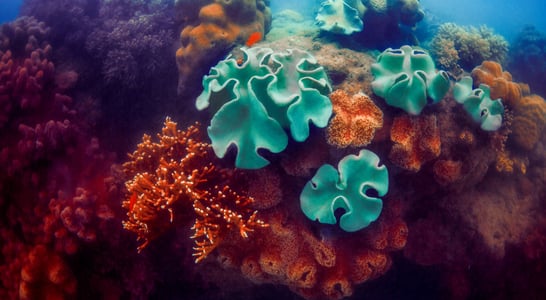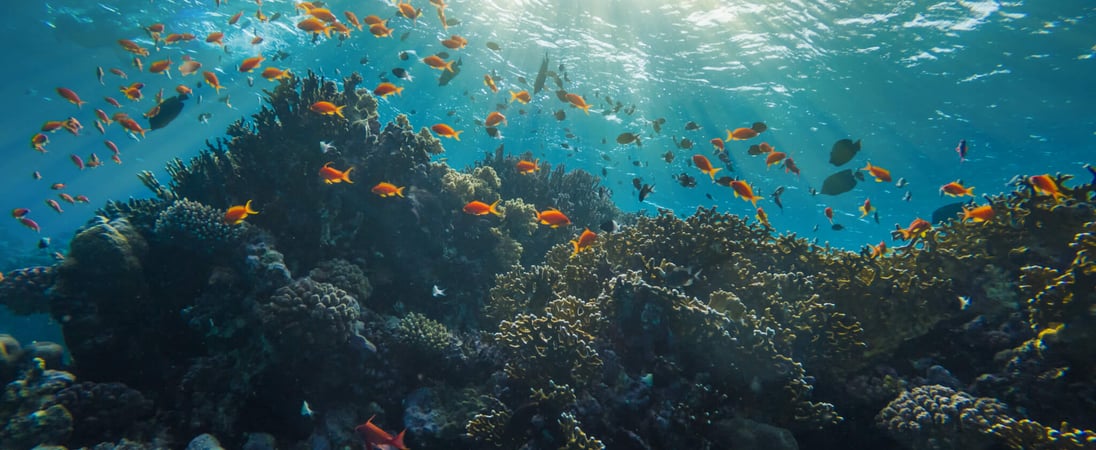
World Reef Awareness Day
Join the reef revolution and become a hero for our ocean friends! By spreading awareness and taking action, we can protect these colorful communities and ensure they thrive for generations to come.
Reefs are amazing, beautiful ecosystems that lie just under the surface of the ocean.
These incredible areas of life have been explored by many divers and offer access to incredible views of fish and other underwater wildlife.
In fact, the coral that many of these reefs are made of are not plants but are actual animals! And, sadly, at least 25 different species of coral are listed as threatened or endangered.
World Reef Awareness Day brings attention to these fascinating and important parts of nature!
How to Celebrate World Reef Awareness Day
Stay in the know and help others get involved with World Reef Awareness Day by trying out some of these ideas for celebrating and observing the day:
Learn More About Reefs
World Reef Awareness Day is the ideal time to get a bit more educated on the various aspects of the reefs that exist in the ocean. These important natural aquatic ecological systems provide a home for all sorts of unique and diverse plant and animal life under water.
Consider some of these interesting facts about reefs and share them to promote awareness for World Reef Awareness Day:
-
Around one quarter of all marine life species live on coral reefs, but the reefs only make up less than 1% of the ocean.
-
Coral reefs are vital sources of food for at least half a billion people on the planet.
-
Though located underwater, they are close to the surface because reefs actually require sunlight to be able to grow and thrive.
-
With the climate change in recent years, many coral reefs are under relentless stress and have begun to bleach in the sun, scorching them so that they are at risk of dying.
Host a World Reef Awareness Day Event
One great way to celebrate World Reef Awareness Day is to get the community involved by hosting a fun event.
This could be anything from a small gathering of friends who learn a bit more about the plight of the reefs in the ocean, or it could be a larger event that invites the public.
Schools are great places to host events that raise awareness and educate students, teachers and their families about the need to protect the oceans and reefs against threats.
Make a Difference Every Day
Protecting the reefs is something that every human on earth can do – even those who live nowhere near the reefs or oceans! It can start simply by implementing some daily activities that are a bit more environmentally friendly.
Walking, riding a bike or taking public transportation helps the reefs by limiting the amount of CO2 that is in the air. Household and business recycling is important and it makes human activities more sustainable.
And, of course, those who live near the water can participate in clean-up activities that prevent trash from becoming marine debris that will harm the ocean and its marine wildlife.
Make a Donation to Help
Many charitable organizations exist that are helping to repair some of the damage that has already been done to reefs, as well as trying to protect them from any damage that might be done in the future.
In honor of World Reef Awareness Day, consider one of these charities that is working to help repair and protect the reefs:
- Reefs at Risk Project
Run by the World Resources Institute, this project assesses risk, providing resources and tools to raise awareness of how to better manage coastal habits effectively. - Coral Reef Alliance
With cutting edge science and community engagement, this organization works locally, regionally and globally to make an impact to help the coral reefs survive and thrive. - Great Barrier Reef Foundation
Supporting the largest reef off the coast of Australia, this foundation is working to help restore the reef wildlife sanctuary to protect and restore the homes of threatened animals. - Reef Environmental Educational Foundation (REEF)
This international marine conservation organization implements educational programs to get local communities involved in conservation programs.
Visit the World Reef Awareness Day Website
Those who are interested in gaining more tools and resources for celebrating World Reef Awareness Day might consider hopping over to the dedicated to the day.
The site offers ideas and information regarding fundraising and partnering for an online marketing campaign to better support and protect the reefs and the world’s oceans.
History of World Reef Awareness Day
Located around the edges where the water meets the land, reefs are not only important to nature due to their support of the marine environment they offer, but they are also vital to humans.
Reefs act as a protective barrier for coastal areas. And they provide a critical source of income for millions of people who live along the coasts.
Their location under the water but near that land makes reefs an important and vital part of the ocean’s ecosystems.
But the difficulty lies in the fact that reefs have been put at risk due to global climate change. The reefs are suffering due to their nearness to the water’s surface and the damage to the oceans, as well as direct human activities such as coastal development, dredging, boat anchors, destructive fishing practices and many others.
World Reef Awareness Day was founded in 2019, thanks to the promotion of Raw Elements USA, with the purpose of drawing attention to the critical state the reefs are in.
Raw Elements is a company located in California that sells natural and safe zinc oxide sunscreen. Since the day was established, other sustainably minded companies have gotten on board with the support of World Reef Awareness Day, including the REEF apparel company.
Its observance on the first day of June situates World Reef Awareness Day at the perfect time for kicking off World Oceans Month. So get ready to get involved and enjoy this day by celebrating these amazing natural reefs and raising awareness to help protect them!
World Reef Awareness Day FAQs
Did you know coral reefs can make their own sunscreen?
Corals produce fluorescent pigments that act like sunscreen, shielding them from intense sunlight.
This helps them survive in shallow, tropical waters where sunlight is harsh. These pigments also give corals their stunning, glowing colors.
How do underwater sculptures support coral reefs?
In places like Mexico’s Underwater Museum, artists create sculptures designed to attract coral growth. These artificial reefs provide new habitats for marine life.
They also divert tourists from fragile natural reefs, reducing human impact on sensitive ecosystems.
Can coral reefs make sounds?
Healthy reefs are surprisingly noisy due to the activity of marine life like snapping shrimp and fish.
Scientists use hydrophones to monitor these sounds, which help track reef health. Quiet reefs often signal environmental decline.
How do parrotfish keep reefs clean?
Parrotfish eat algae that grow on corals, preventing overgrowth that can suffocate reefs.
Their grazing helps maintain the reef’s delicate balance. Amazingly, their digestion produces sand, contributing to beach formation.
Are there any ancient beliefs tied to coral reefs?
Some Pacific Island cultures consider coral a symbol of life and protection.
Reefs were thought to guard against sea monsters and provide safe fishing grounds. These beliefs highlight the historical significance of reefs to human communities.
Why are reef sponges vital for coral health?
Sponges filter water, removing bacteria and providing nutrients that support coral growth.
Some sponges even recycle nutrients trapped in dead coral. They play a hidden but critical role in maintaining reef ecosystems.
How are coral reefs linked to folklore?
In Hawaiian folklore, coral reefs were considered homes of the goddess Namakaokahai, who protected oceans. Stories like these remind us of the spiritual connection people have had with reefs for centuries.
Can coral reefs recover from damage?
Under the right conditions, reefs can regenerate through coral spawning.
This natural process allows tiny coral polyps to settle on damaged areas and grow. However, recovery can take decades and needs a healthy environment.
What is “reef walking,” and why is it harmful?
Reef walking involves stepping on coral reefs, often during tours in shallow waters.
This practice crushes coral polyps and disrupts marine life. Responsible tourism now promotes snorkeling or floating above reefs instead.
How can art and activism support reefs?
Artists create installations to raise awareness about reef conservation.
For example, “The Coralarium” in the Maldives combined art and marine restoration. Projects like this inspire action while educating the public about reefs’ fragility.
Also on ...
View all holidaysWorld Milk Day
Start your day with a glass of calcium-rich milk, visit a local dairy farm, or see what milk alternatives like soy, oat, or almond milk you might enjoy.
National Go Barefoot Day
Put your feet in direct contact with the Earth by going barefoot, or donate any shoes you don’t wear to those who have no choice but to go barefoot.
Dinosaur Day
Discover a lost world of colossal creatures, where gigantic predators and gentle giants once roamed the earth.
National Cancer Survivors Day
Join an organization or event to celebrate those who have fought or are fighting their battle against cancer, and raise awareness of the struggles they face.
We think you may also like...
Marine Mammal Rescue Day
With countless threats now facing the ocean, marine mammals need extra help. Donate or volunteer to aid these creatures against extinction and endangerment.
Manatee Awareness Month
These gentle giants of the sea need our care and understanding to thrive in their home - the tranquil waters of coastal habitats.
World Tuna Day
Sleek, powerful ocean dwellers, tuna command a watery realm, embodying the epitome of aquatic prowess and grace.
Coral Triangle Day
Protecting vibrant marine ecosystems ensures the survival of countless species and preserves the beauty of our oceans.


